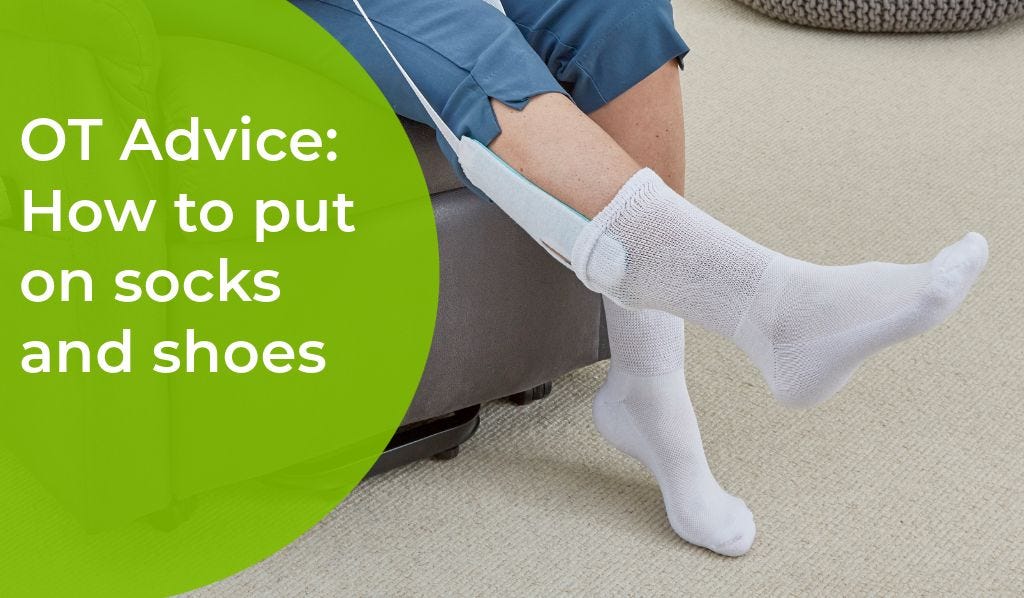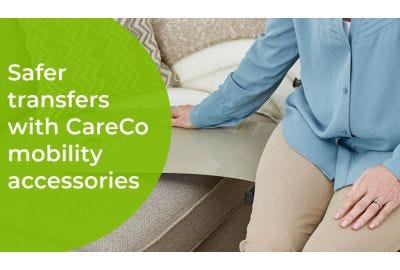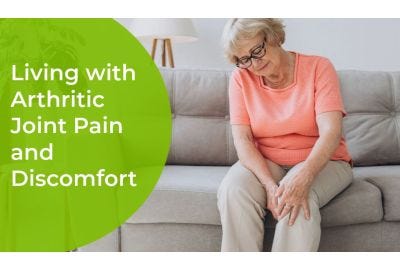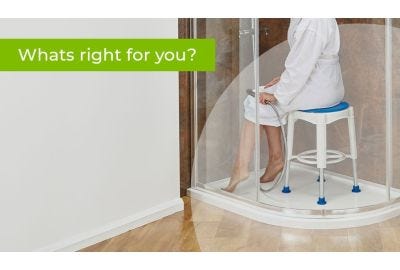I have vivid childhood memories of my grandmother saying ‘Ooh that floor gets further away every day!’ as she bent down to pick up a dropped sock on the bedroom floor, and in recent years I’ve understood more and more where she was coming from! Regardless of the cause of your struggle to reach down to your toes, whether a new or long-term issue, there are some simple techniques I’d love to share that might just help keep you independent that bit longer.
Let’s sit down and get started with the socks!
Yes, do sit down before attempting any lower half dressing. It may seem obvious to some but if your challenges are newly acquired and you’ve always been used to doing the flamingo pose, hopping around and balancing on one leg to get dressed then it’s worth taking a pew and taking your time! If there’s one thing that will help with any of these techniques its time. Practice will be needed to perfect them and will be equally needed to learn how to use any aids that may help you too.
Once seated its often best to get your foot closer to your hands, not your hands closer to your foot. If you have a weaker side, dress this foot first. Start by lifting the foot of this weaker side onto the opposite knee. If your leg is weak, try using a dressing hook to catch your pyjama leg. If you can’t lift it that far, try just lifting it onto a foot stool. Then hook the sock over your foot and you’re done. That’s assuming you don’t have hand problems, in which case further processes are needed.
If you’re recovering from hip surgery you may have been advised not to bend at the hip, which also means alternative practises are needed.
As hand function can vary dramatically there is no one approach to suit all but often if one hand is better functioning than the other, try using the weaker hand as an anchoring hook, whilst using the dexterity and strength of the unaffected side to open to mouth of the sock and scrunch it down to the toe before threading over the foot. There are some great one-handed techniques an OT can also teach you but it would be best to have a personalised assessment for these to be most useful.
But what if your joints aren’t entertaining the foot on the knee approach?
Let’s look at some equipment. Sock Aids are designed to help keep the socks open whilst on the floor so you can simply slide your foot in without the need to lift your leg. I say ‘simply’, but it’s fair to say there is generally an amount of practice needed with these items. It will either work beautifully or it won’t work for you at all – it varies from person to person!
Look at our easy glide sock slide to see the concept. You’ll still need good hand function to thread the sock onto the supporting tube but once on you can lower the aid to the floor and slide your foot through. The handy shoehorn that doubles as a lowering handle on this design is a great idea, helping you lower and position the aid to a suitable distance from you to accommodate your knee and ankle flexion abilities and helping you pick it back up again to refill with sock number 2. The key techniques here are to make sure about 1/2 of the foot of the sock is folded over the frame so your toes are easily positioned straight into the end of the sock. Also think about your sock choice; choose a looser fitting sock for ease of dressing, and where possible choose an ankle length design.
If you do wear longer socks, I’d suggest trying a dressing hook to help pull the sock up the calf, with a small ‘pull to the left side, then a pull to the right’ repetitive approach. It’s a slow process but it could be all you need. To remove the socks, the multi-purpose shoehorn on this aid comes in handy again as it can be used to slide down the back of your ankle and, whilst the winged shoulders grip the back of the sock, you can lift your foot out and ta’dah, the sock will stay on the shoe horn!
If you can’t move your leg easily and would struggle to push your foot down into the sock there is another option. The simplify sock helper is a similar concept of sock aid but allows you to pull the sock up rather than push your foot down which is great of you have lower leg weakness. You’ll need to be able to point your toes to initially lower your foot into the cradle but one in place you can use your hands to pull the frame upwards and out.
With this type of frame, it useful to consider the size of your calf and ankle first. If you have cellulitis, elephantiasis or oedema you may find the frame is too narrow to be comfortable and a poly stocking aid may be more useful, still allowing the arms to do the work moreso than the legs.
If you’re looking for ideas to help with compression stockings, and let's be honest, they are incredibly challenging for the most able bodied to don, I would suggest trying the bin bag trick. Place the thin plastic bag between you first and second toes and the rest under your foot and over your heel.
Turn ¾ of the stocking inside out, leaving the section from the toe to just below the heel, right side out. Place the stocking over your foot and the bag, then shimmy the stocking towards your heel. Once at the heel, secure the stocking over the back of the heel then fold the cuff on the stocking back on itself, right side in, and with small movements slide it all the way up to the knees. Then pull the bag out through the toe end! The real key here is to work on one small section at a time. It’s time consuming and exhausting though so it’s one situation where you may want to ask for help and save all that energy for something more fulfilling.
Now on to the shoes……
Safety first – open backed shoes or slippers may be easier to put on and off, but they do not offer the support closed shoes do, so do not be fooled into thinking the ease of donning and doffing them outweighs the risks of a trip or fall from them. But there are still ways to make life easier :
- Start with the environment. Sit down but have a stool nearby if you struggle to reach your feet.
- Have a grab hand at the ready to pull the shoes into position or lift them up to your lap to open fastenings.
- Then use a shoe horn to hold the shoe still as well as hold the back open to then glide the foot in.
If dexterity is an issue or you only have the use of one hand laces can be challenging. There are so many shoe designs these days that a lace-less shoe may be an option but for those who need or simply prefer laced footwear there are options too. Techniques to manage laces one handed are one way but the easiest and most discrete solution is often elastic laces. Tie them once and leave them tied whilst you effectively use your shoes as slip ons!
Ultimately, because of the huge variety of reasons you may be struggling with shoes and socks, it may be that a more thorough assessment of your abilities is warranted, generating some truly personalised advice for your needs.
My take home message is that life is about balance. There are somethings that are challenging but with practice and effort can be mastered to full independence. Then there are other tasks that are essential but become less valuable on the independence scale when the effort required means other fulfilling and fun activities are then sacrificed. I find it reassuring to know that whether you want to regain or restore your abilities with dressing, or are happy to compensate using equipment, there are many options and possibilities.
Any OT would be happy to help link you with adaptive clothing companies or share specific advice on your unique needs so do ask your local health service for an OT assessment or visit a CareCo store where they will be more than happy for you to try all these items out for yourself.
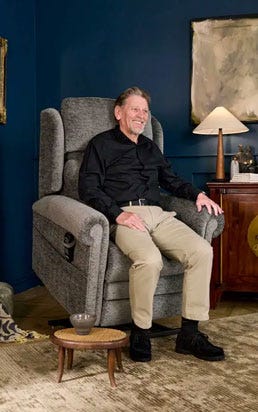

 Price Match Promise
Price Match Promise
 Next day delivery, 7 days a week
Next day delivery, 7 days a week
 Nationwide Showrooms
Nationwide Showrooms
 Rated Excellent
Rated Excellent
